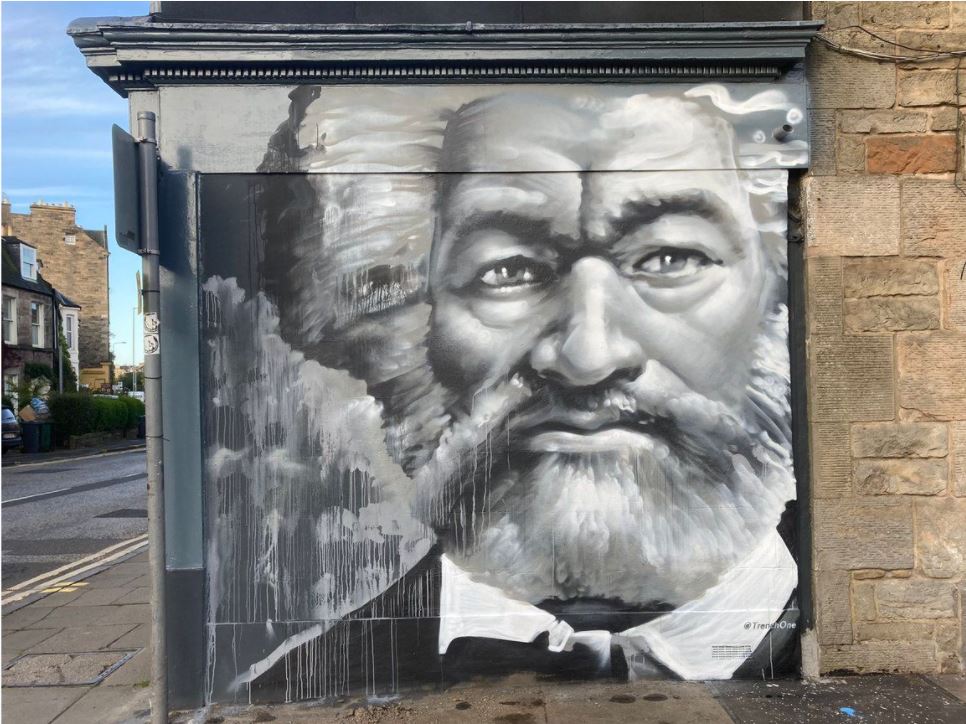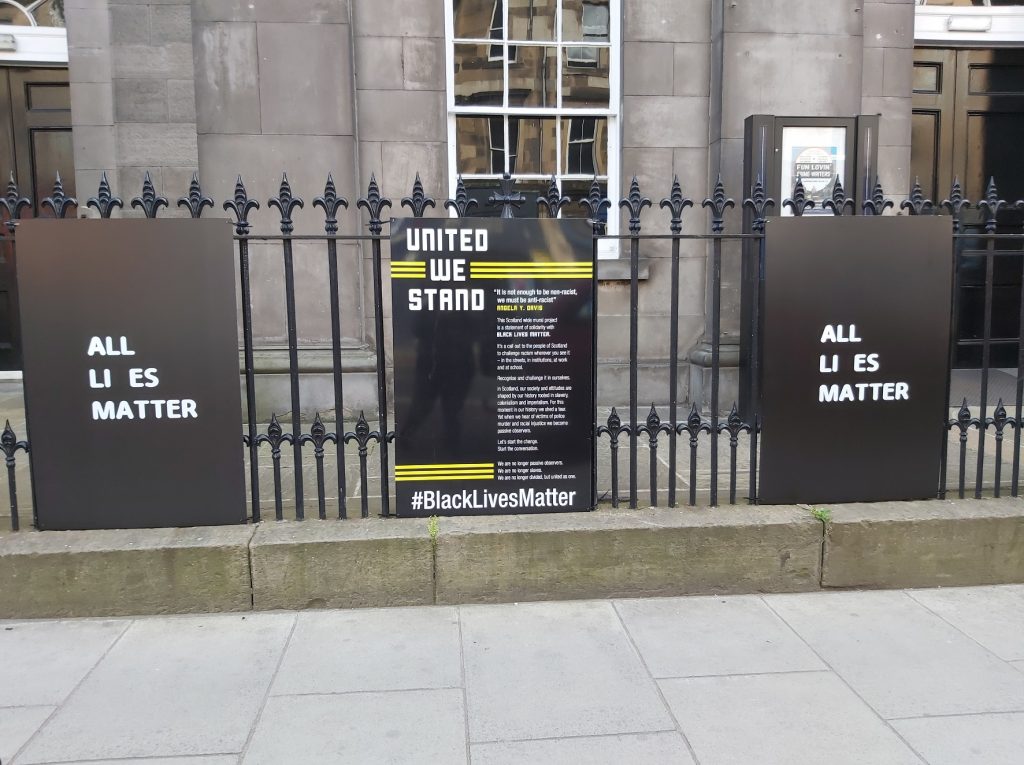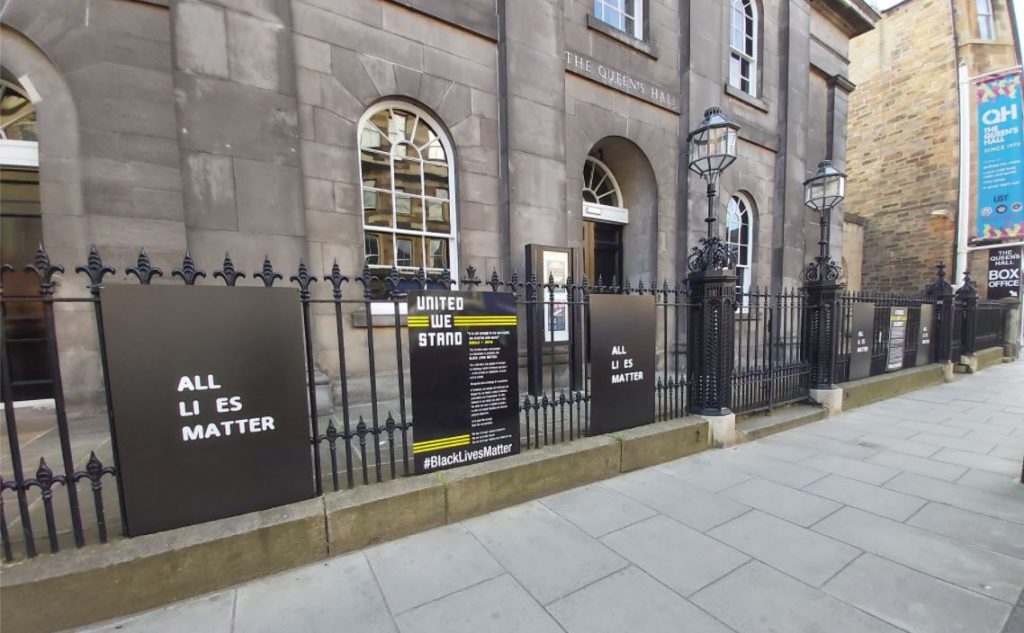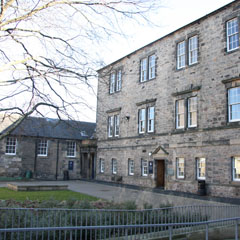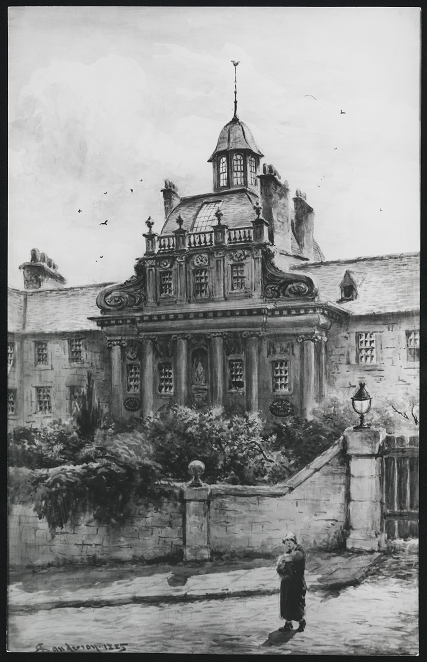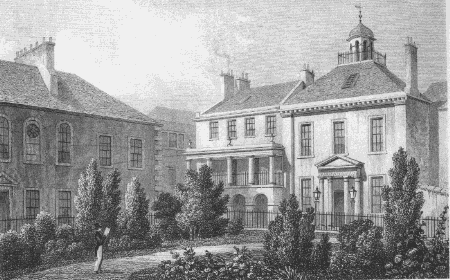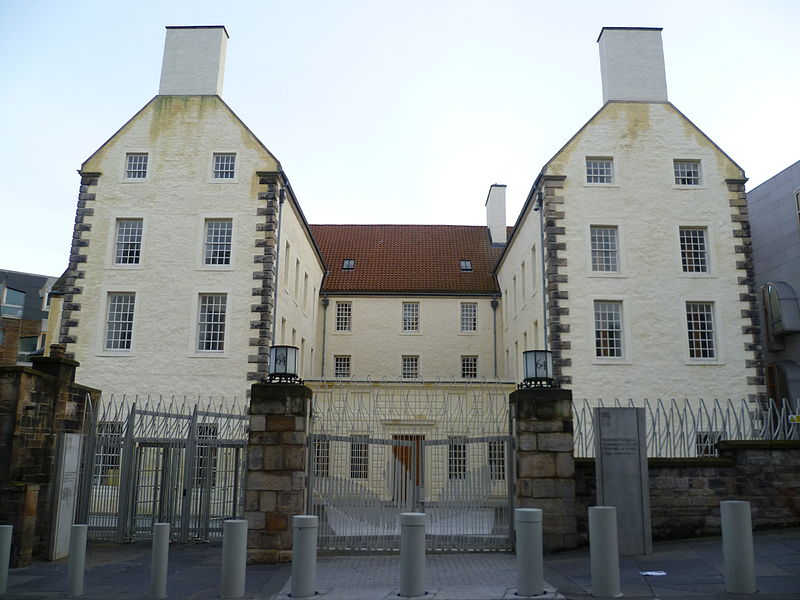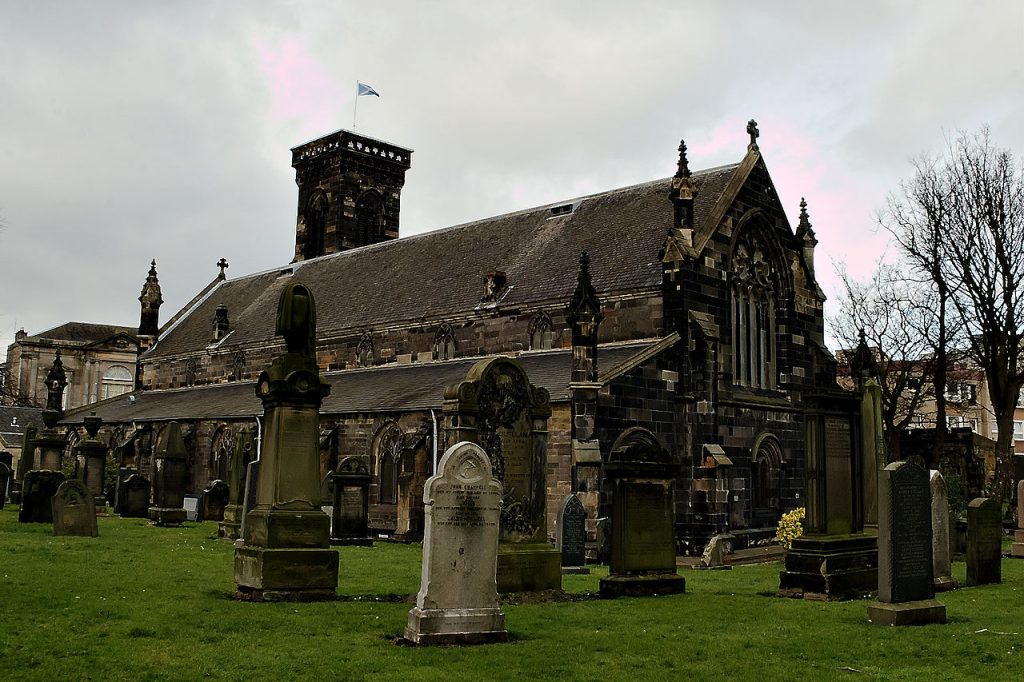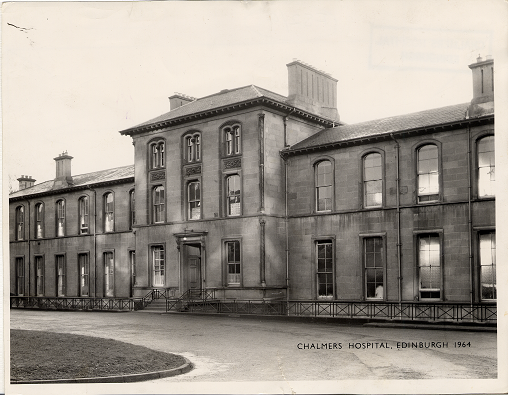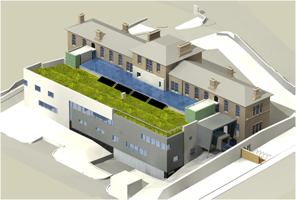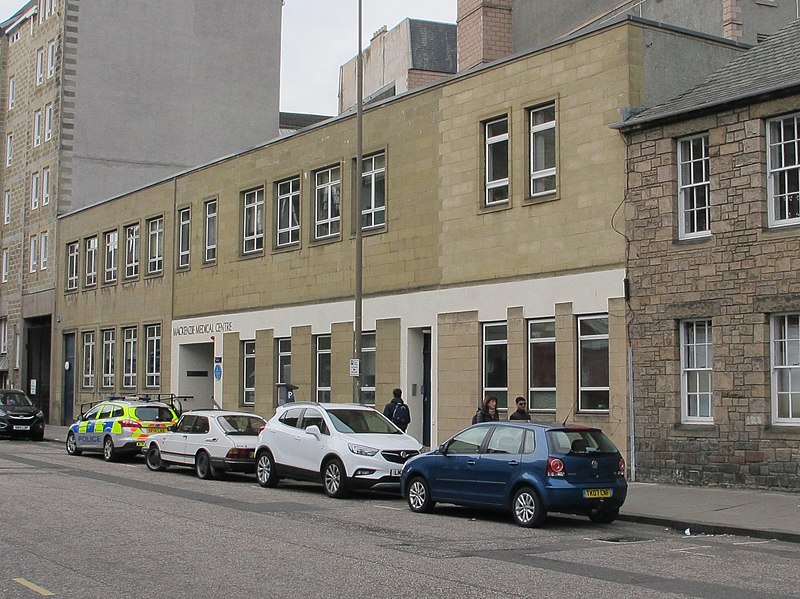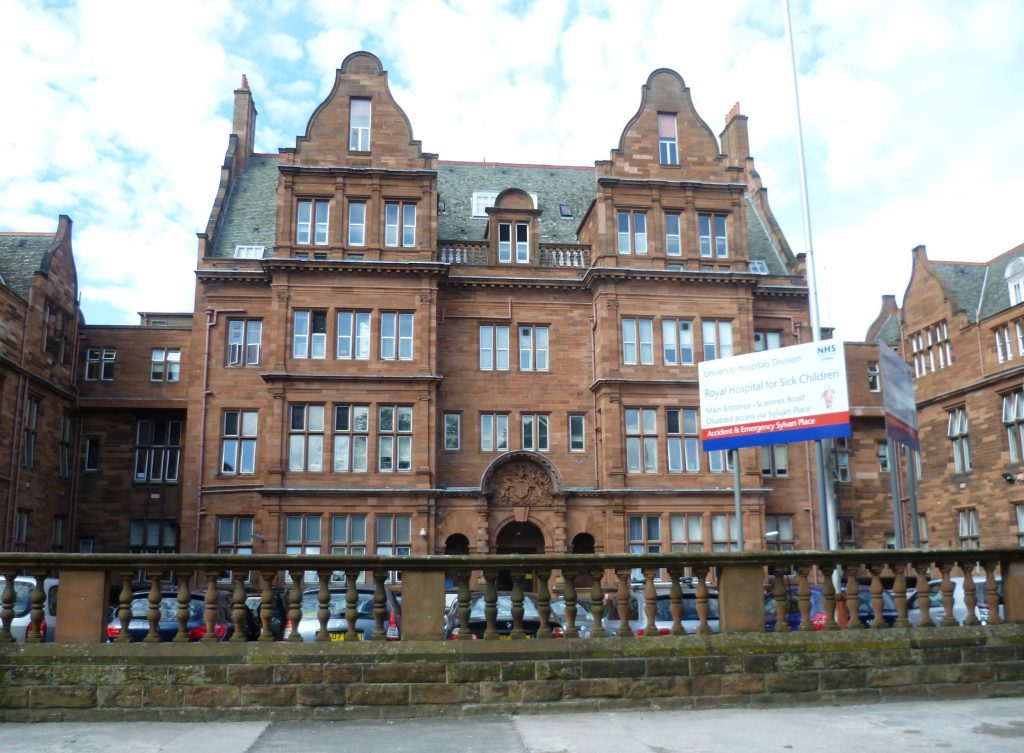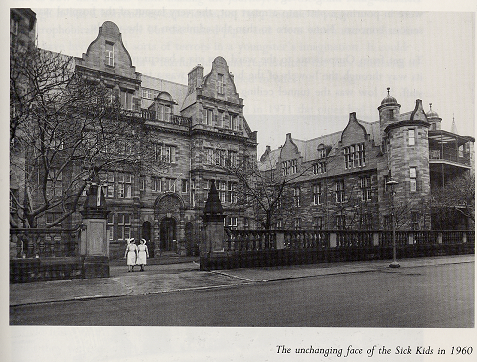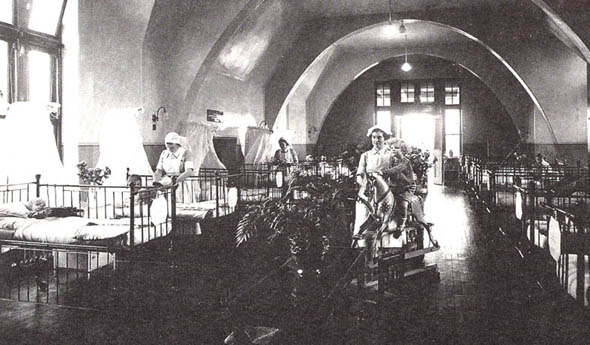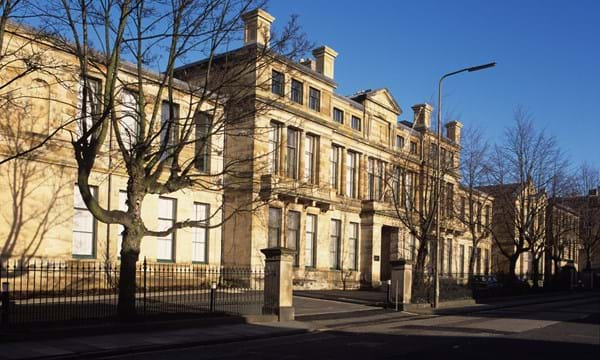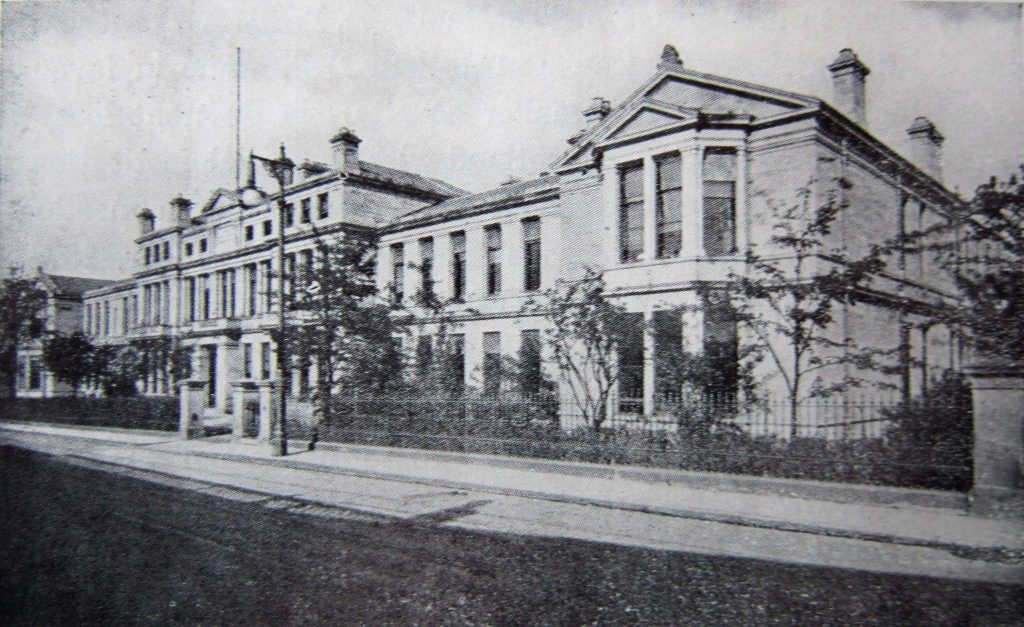Traverse Theatre, 10 Cambridge St, Edinburgh EH1 2ED
Annie is an Edinburgh-based writer, theatremaker and occasional filmmaker, who was born in Kerala India, and has worked in Scottish theatre since 1991. She was awarded the Ignite Fellowship 2019 (Scottish Book Trust) and the 2016 Inspiring Scotland Bursary.
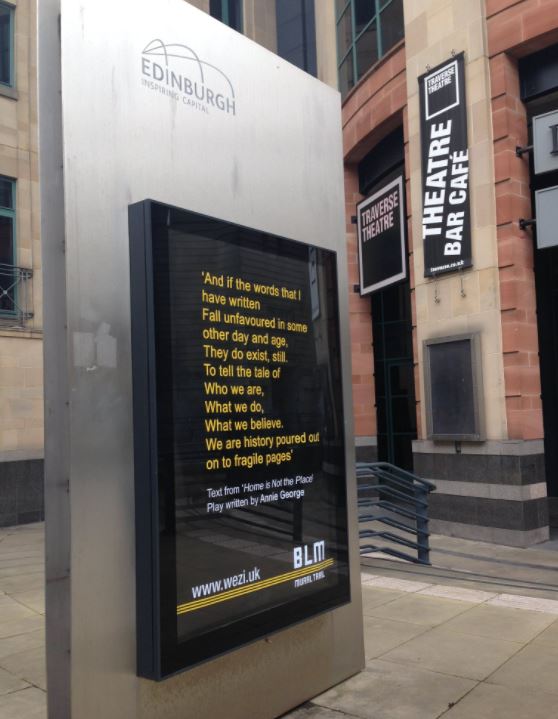
Recent productions include ‘Twa’, a collaboration with visual artist Flore Gardner, and the solo shows ‘Home is Not the Place’ and ‘The Bridge’. She has worked with numerous artists and organisations including Magnetic North, Mara Menzies and Stellar Quines, and was Actor/Producer in the late ‘90s, with Fringe-First winning CAT. A. Theatre Company
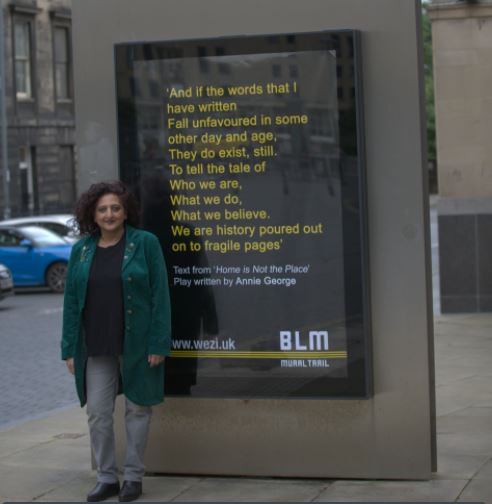
https://www.wezi.uk/mural-trail-locations/
https://www.instagram.com/blmmuraltrail/
https://anniegeorge.net


